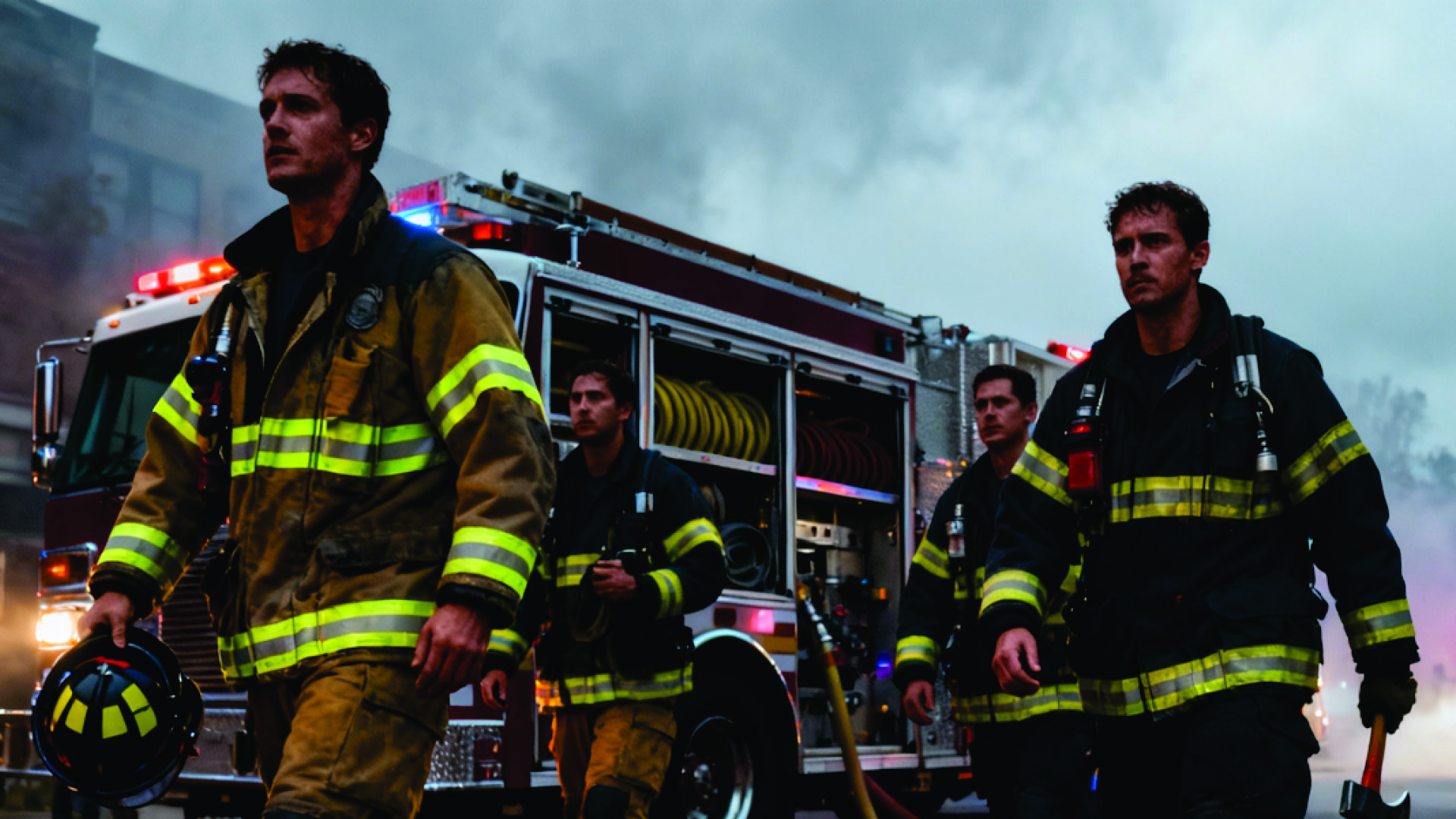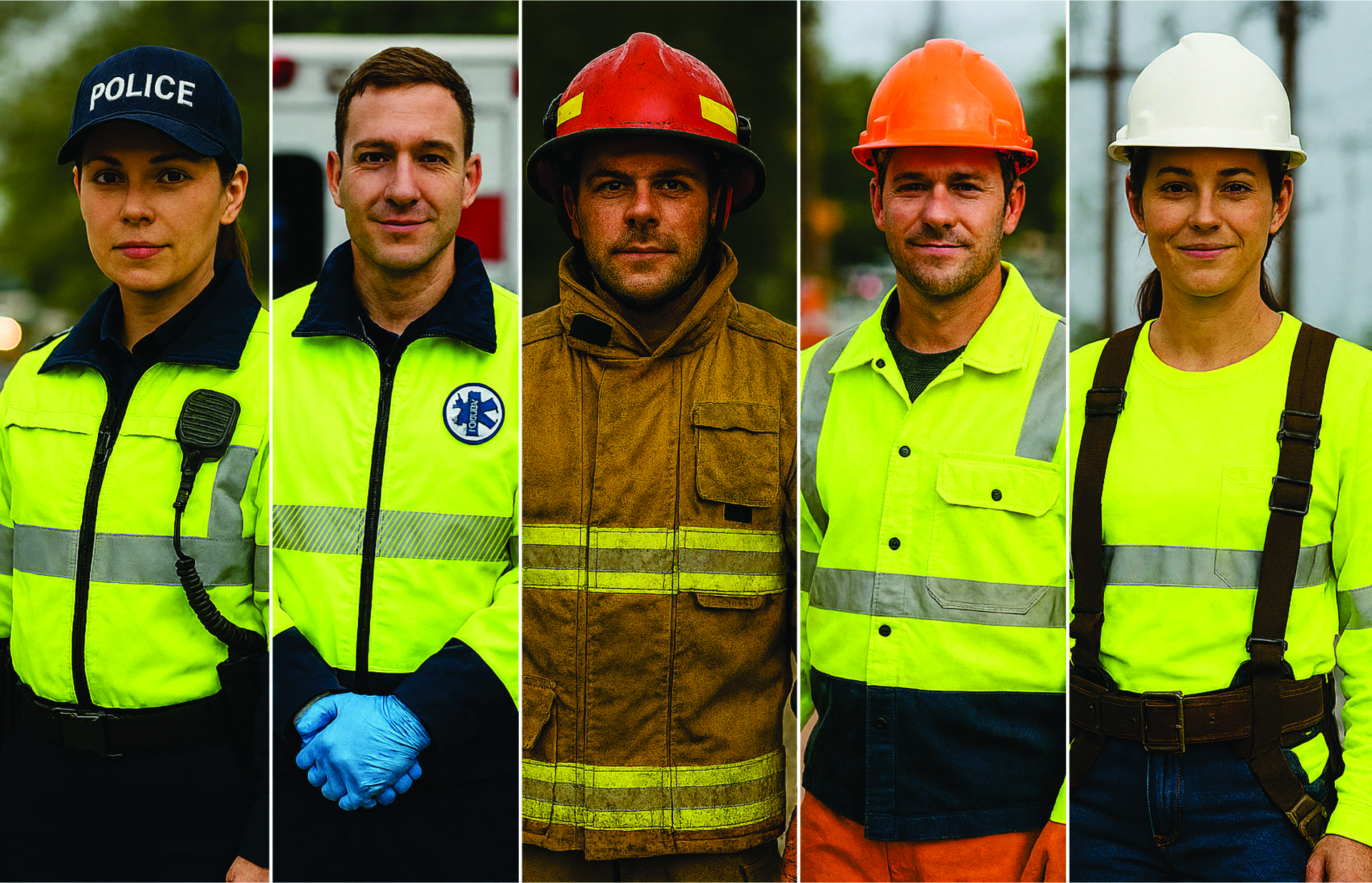
Smarter vs. brighter: Why passive visibility still leads in HVSA
As regulatory expectations and field performance demands increase, being “visibly bright” isn’t enough. What matters is how consistently and reliably your reflective
(Sources: High Visibility Safety Apparel (HVSA): What You Need to Know- ANSI Blog)
In industries where visibility is critical for worker safety, the ANSI/ISEA 107-2020 standard plays a vital role. This standard, set forth by the American National Standards Institute (ANSI) and the International Safety Equipment Association (ISEA), provides comprehensive guidelines for high-visibility safety apparel (HVSA). Understanding these guidelines ensures that workers have garments that provide adequate protection in various environments. Here, we break down the essential aspects of the ANSI/ISEA 107-2020 standard.
The use of HVSA is mandated by state law and the Occupational Safety and Health Administration (OSHA) in many workplace situations in or around traffic. The ANSI/ISEA 107-2020 standard specifies performance requirements for HVSA to enhance the visibility of workers. These garments are designed for occupations where there is a need to be seen by drivers of moving vehicles or equipment, under any light conditions, by day, or under illumination by headlights in the dark. The standard outlines the requirements for materials, design, and construction of high-visibility garments.
The ANSI/ISEA 107 standard is typically reviewed and revised in a 5-yr cycle. The 2020 update to the ANSI/ISEA 107 standard included several important changes that reflect advancements in technology and the need for more tailored protective apparel. Some of the notable details of the standard include:
When selecting high-visibility safety apparel, it’s crucial to consider the specific work environment and the potential hazards present. The ANSI/ISEA 107-2020 standard helps in identifying the appropriate type and class of garment needed for different scenarios:
Compliance with the ANSI/ISEA 107-2020 standard is not just a regulatory requirement but a critical aspect of workplace safety. Properly certified HVSA significantly reduces the risk of accidents and injuries by ensuring that workers are visible under all conditions. Employers must stay updated on these standards to provide the best possible protection for their employees.
The ANSI/ISEA 107-2020 standard represents the latest in safety garment requirements, ensuring that workers in high-risk environments are visible and protected. By understanding these standards and selecting the appropriate high-visibility apparel, we can enhance safety and reduce the likelihood of workplace accidents.

As regulatory expectations and field performance demands increase, being “visibly bright” isn’t enough. What matters is how consistently and reliably your reflective

Worker safety issues never stop evolving, which means neither do the reflective safety challenges they
raise.

As summer fades, so does the light, making high
–
visibility safety apparel (HVSA) a priority as autumn’s
later